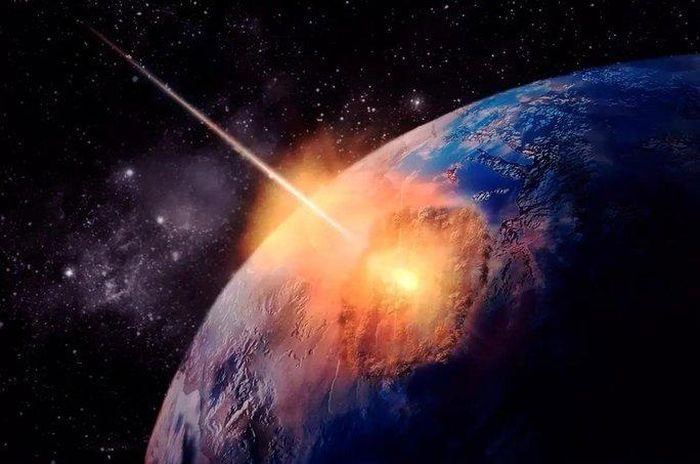According to officials from NASA’s Planetary Defense Coordination Office, the probability of an asteroid named 2023 DW, which was recently discovered on February 27, being on a collision course with Earth is above average.
Specifically, the likelihood that this asteroid’s orbit will take it directly into Earth in 2046 is 1 in 625, a ratio that, while higher than average, is still small enough for NASA to reassure the public.
2023 DW is estimated to have a diameter of about 50 meters, roughly the length of a swimming pool, with its closest approach to Earth coinciding with Valentine’s Day (February 14) in 2046.

The recently discovered asteroid has a 1 in 625 chance of colliding with Earth in the next 23 years – (Illustrative image from NEW SCIENTIST)
“Typically, with newly discovered objects, it takes several weeks to gather data to reduce the probability of miscalculation and to fully predict their orbits for years to come. Orbital analysts will continue to monitor asteroid 2023 DW and update predictions as more data becomes available,” Live Science quoted a statement from NASA.
Despite the low probability, NASA is closely monitoring the situation and preparing for a potential rescue mission if necessary, which could involve a spacecraft crashing into the asteroid to divert its path, similar to the famous 2022 experiment known as DART.
Last week, NASA announced four studies showing that the DART test mission was successful, offering hope for the ability to fend off cosmic disasters in the future.
A direct impact from an asteroid the size of 2023 DW may not be sufficient to cause a catastrophic mass extinction event like the Chicxulub asteroid that killed the dinosaurs 66 million years ago, but it could still cause significant damage to life and property if it were to land in a major city or densely populated area.
Ten years ago, a space rock less than half the size of 2023 DW exploded in the sky over Chelyabinsk, Russia, causing a powerful shockwave that injured 1,500 people and damaged thousands of buildings.





















































